Computing
“Computations are everywhere, once you begin to look at things in a certain way.”
Rudy Rucker
What is the intent of Computing at Meadows?
At Meadows, we seek to develop our children’s computational thinking using engaging topics and problems to solve from our thematic Meadows Curriculum.
We aim to encourage childrens to use logical reasoning to predict the behaviour of simple programs. We aim to develop childrens’ skills in using technology to create, organise, store, manipulate and retrieve digital content.
We aim to see childrens develop rich digital literacy skills so they can document what they learn for others through a range of experiences such as audio recordings, videos and posts. childrens will also develop their digital literacy to enable them to identify online risks and know how to keep themselves safe.
Computing will improve the childrens’ collaboration skills as they work together and support each other in physical, digital and virtual projects. These skills and the critical thinking Computing will help them develop will help childrens succeed both personally and professionally in the future.
How is Computing implemented at Meadows?
Computing is taught through the thematic units of our Meadows Curriculum. Computing is taught through a combination of hands-on, interactive, and engaging activities that allow students to apply their knowledge and skills in real-world contexts. Whether through unplugged activities, that encourage creative problem-solving, or hands-on projects that allow students to experiment with technology, childrens will develop their skills and knowledge through meaningful and engaging learning experiences. The curriculum is designed to encompass the different strands of computing.
national curriculum programmes of study.pdf
How does Computing progress at Meadows?
Children begin to develop their understanding of programming by controlling devices with simple instructions. They work through to programming devices and simulations with algorithms that can be changed by the parameters of variables the children have set. They progress from making simple interactions with devices to enabling others to interact with the devices based upon their programming.
Children initially learn parts of the computer they are using through to how their computer is connected to networks of computers across the globe allowing them to communicate, collaborate and interact with others.
Children learn how to store and retrieve information through to producing information for an audience to access and interact with through a range of different media.
computing knowledge building.pdf
How can I support my child in Computing?
- Encourage them to be creative and engaging with activities such as producing and manipulating images, programming and animating when they go online rather than always playing games produced by others.
- Ensure children are aware of how to minimise risk online and know how they can seek help if they require it.
- Ask your child what they know about the device they are using works and its role within the connectivity it provides them with the global community online.
Some books your child may like:
- The Digital Adventures of Ava and Chip: Smart Home by Beverly Clarke
- Ada Lovelace (Little People, Big Dreams) by Maria Isabel Sanchez Vegara
- Press Start, Game On Super Rabbit Boy by Thomas Flintham
- The Person Controller by David Baddiel
- Can You Break the Internet? by Clive Gifford
- The History of the Computer by Rachel Ignotofsky
- Scratch Programming in Easy Steps by Sean McManus
- Micro:bit in Wonderland by Elbrie de Kock and Tracy Gardner


